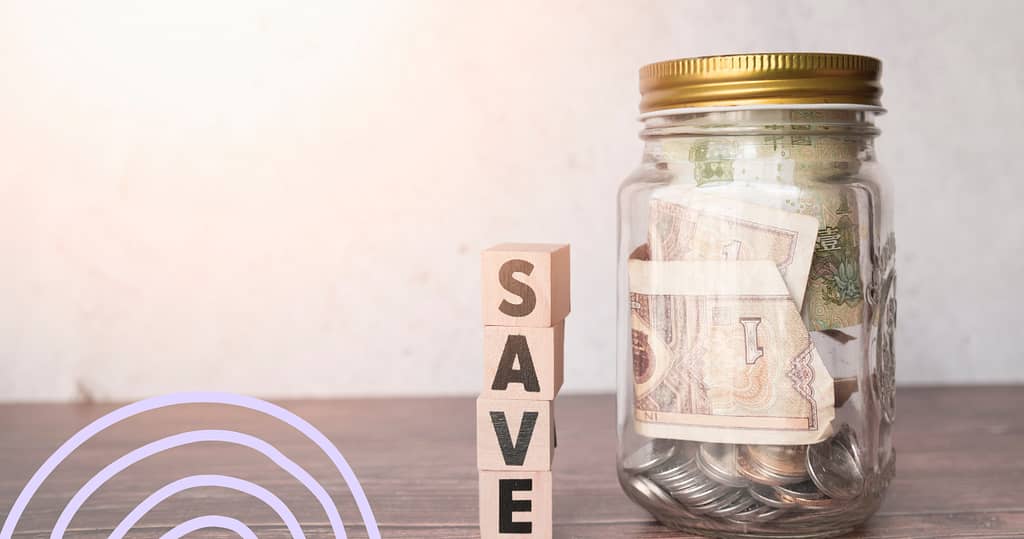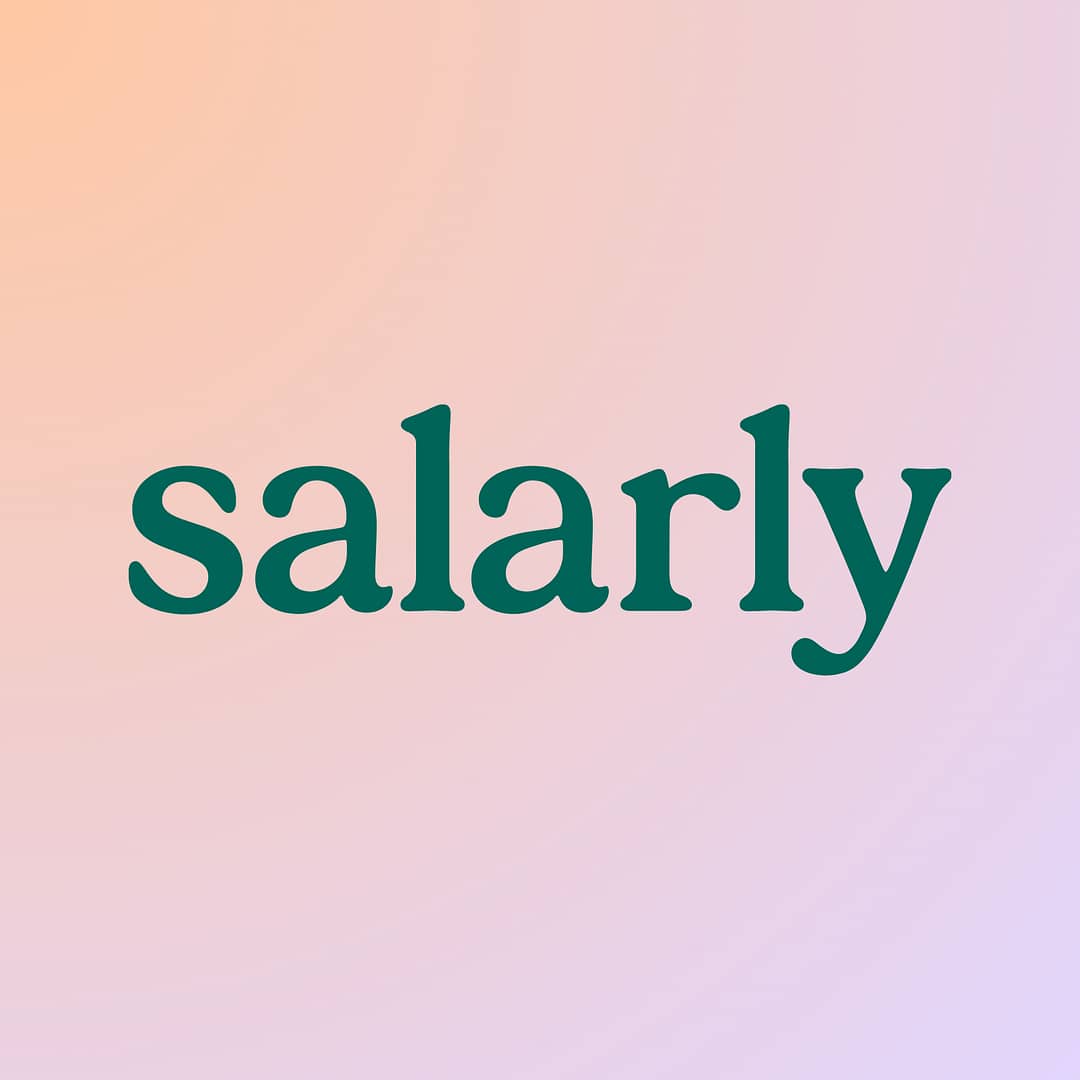Life is unpredictable. Whether it’s a medical emergency, unexpected home repairs, or a sudden job loss, financial curveballs can throw anyone off course. That’s where an emergency savings fund comes in—a financial safety net that keeps you afloat when the unexpected happens.
For professionals in healthcare, education, and government—fields where stability is often assumed but not guaranteed—having an emergency fund isn’t just a good idea; it’s essential. The Lifeline Every Professional Should Have.
What Is an Emergency Fund?
An emergency savings fund is money set aside specifically for unplanned expenses. It’s not for vacations, impulse purchases, or even planned large expenses like a wedding or a new car. Instead, it’s reserved for true emergencies, such as:
- Medical bills not covered by insurance
- Unexpected car repairs
- Job loss or reduced income
- Urgent home repairs (think plumbing disasters or broken appliances)
How Much Should You Save?
A general rule of thumb is to save three to six months’ worth of essential expenses (rent/mortgage, utilities, groceries, insurance, minimum debt payments). However, for professionals with fluctuating incomes, aiming for six months or more provides greater security.
Pro Tip: Start small—$500 to $1,000 can cover many common emergencies. Once you reach that milestone, build up your fund gradually.
Where Should You Keep Your Emergency Fund?
The best place for an emergency fund is an accessible account but separate from your daily spending. Avoid investment accounts that fluctuate in value or accounts that penalize you for withdrawals.
How to Start an Emergency Savings Fund
- Assess Your Monthly Expenses: Calculate rent, utilities, groceries, insurance, and transportation costs.
- Set a Realistic Goal: Start with a $500 target and increase it over time. Click here to quickly achieve the $500!
- Automate Savings: Set up automatic transfers to a dedicated savings account.
- Cut Unnecessary Spending: Redirect small luxuries (like takeout or subscriptions) toward your fund.
- Use Windfalls Wisely: Tax refunds, bonuses, or extra income? Allocate a portion to your emergency fund.
Common Myths About Emergency Funds
“I have a credit card—I don’t need savings.”
- Truth: Credit cards charge interest, which can turn an emergency into long-term debt.
“I don’t make enough to save.”
- Truth: Even small, consistent contributions add up. Start with $10 a week if that’s what you can afford.
“I have job security.”
- Truth: Even stable jobs come with risks—unexpected medical expenses or major repairs can still happen.
Final Thoughts: A Safety Net for Peace of Mind
An emergency savings fund isn’t just about money—it’s about peace of mind. Knowing you’re financially prepared allows you to handle life’s surprises without stress or debt.
At Salarly, we understand the importance of financial wellness, which is why we help professionals access financial help that work for them. But no matter what, building your emergency fund should always be a top priority. Sometimes you need immediate aid to cover urgent costs or a boost to get started on savings. That’s where we come in.
If you’re working on building your emergency savings fund and need support, Salarly is here to help.
FAQs: Building Emergency Funds
How much should I keep in my emergency fund?
A good starting point is $500 to $1,000. Ideally, aim for three to six months’ worth of expenses over time.
What if I don’t have enough income to save?
Start small! Even $10 per week adds up over time. Consider automating savings and cutting unnecessary expenses.
How can Salarly help if I don’t have an emergency fund yet?
Salarly provides streamlined financial solutions, offering an alternative to payday loans when you need quick access to cash.











